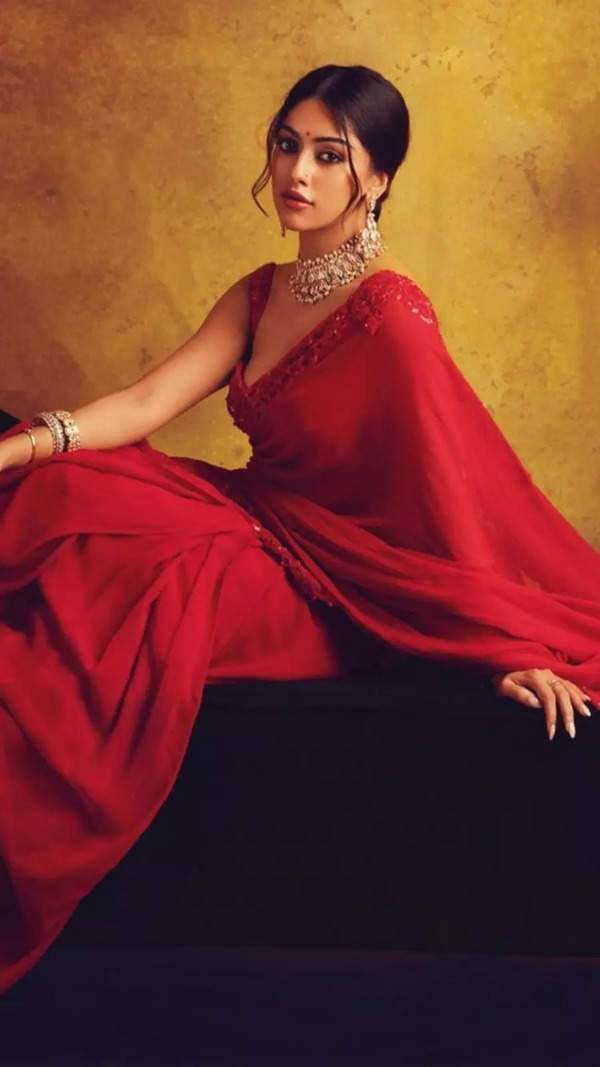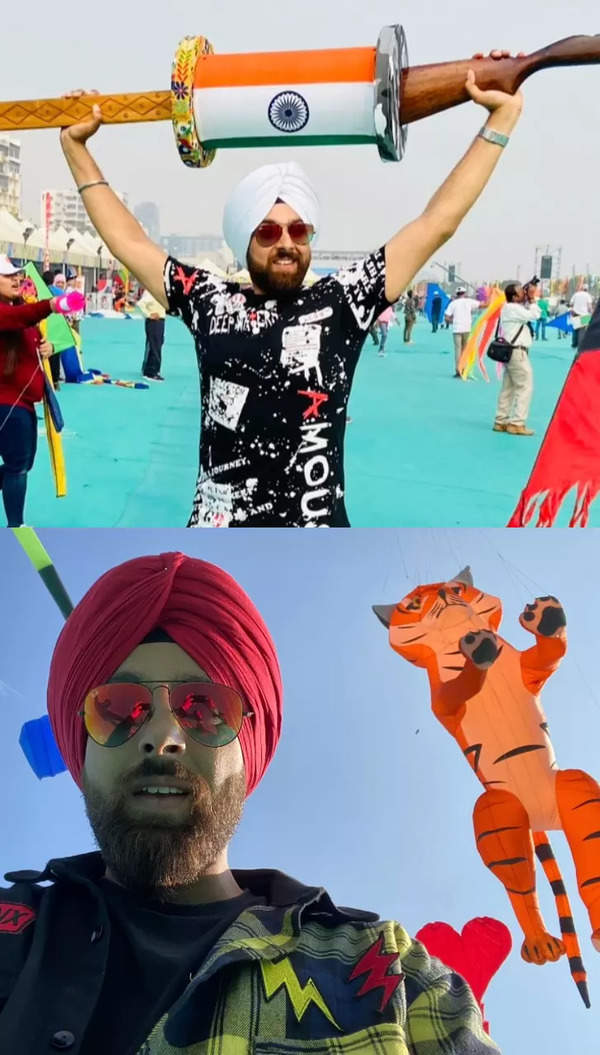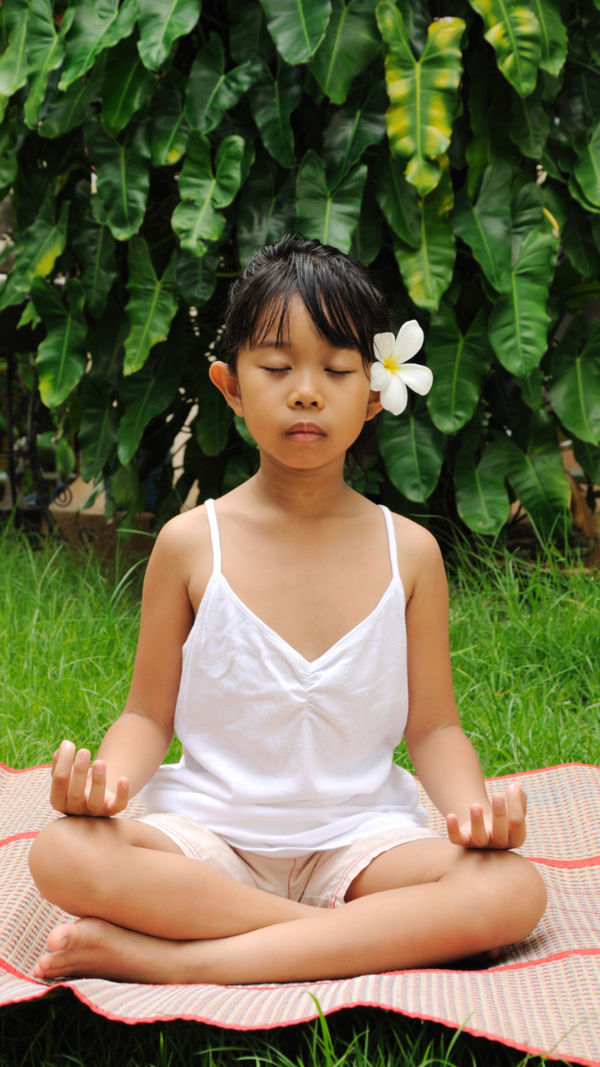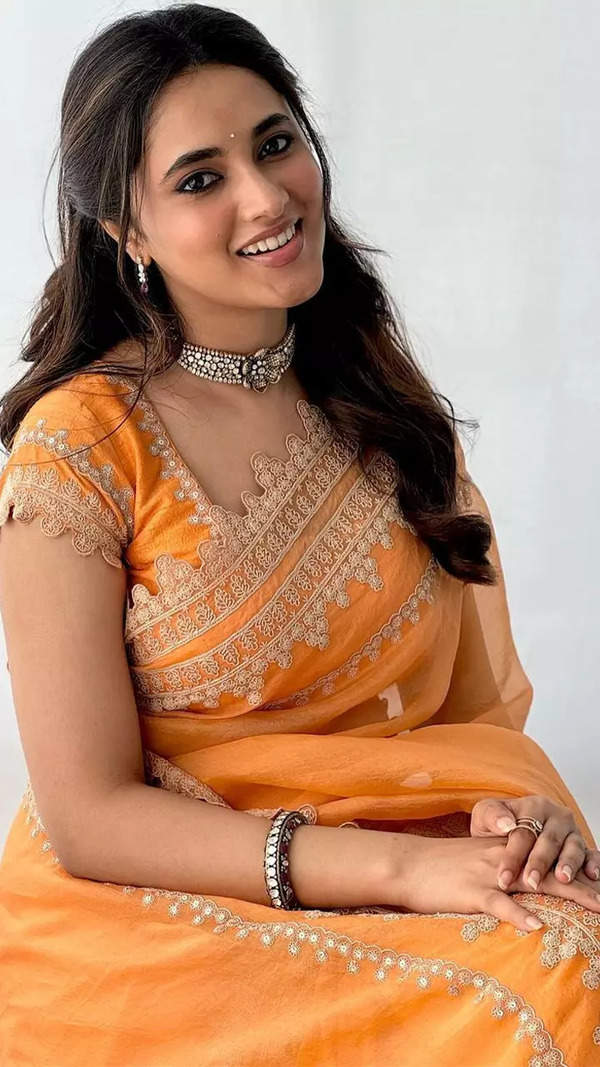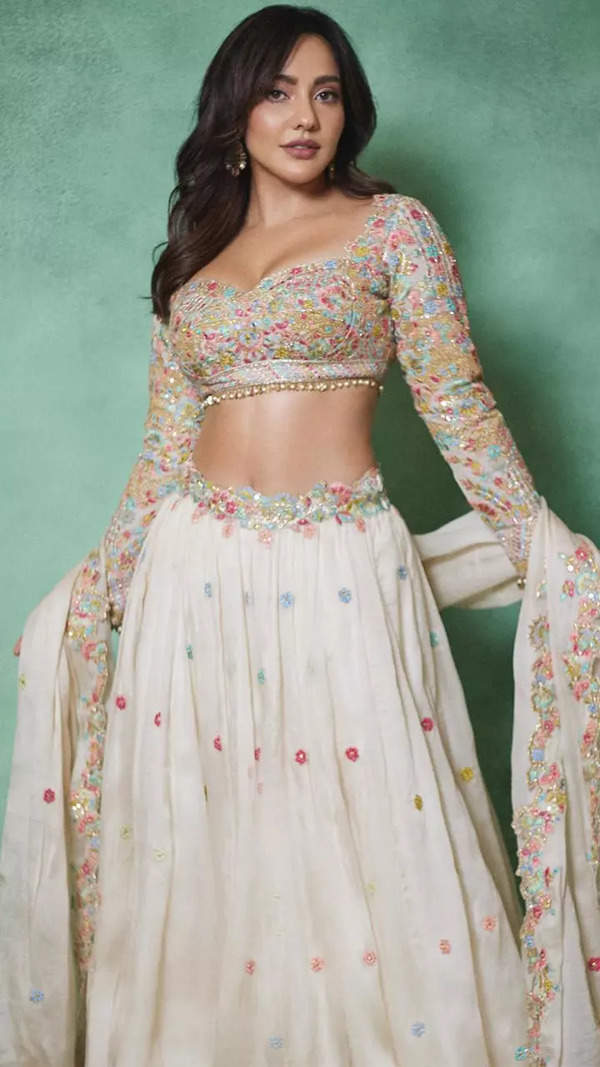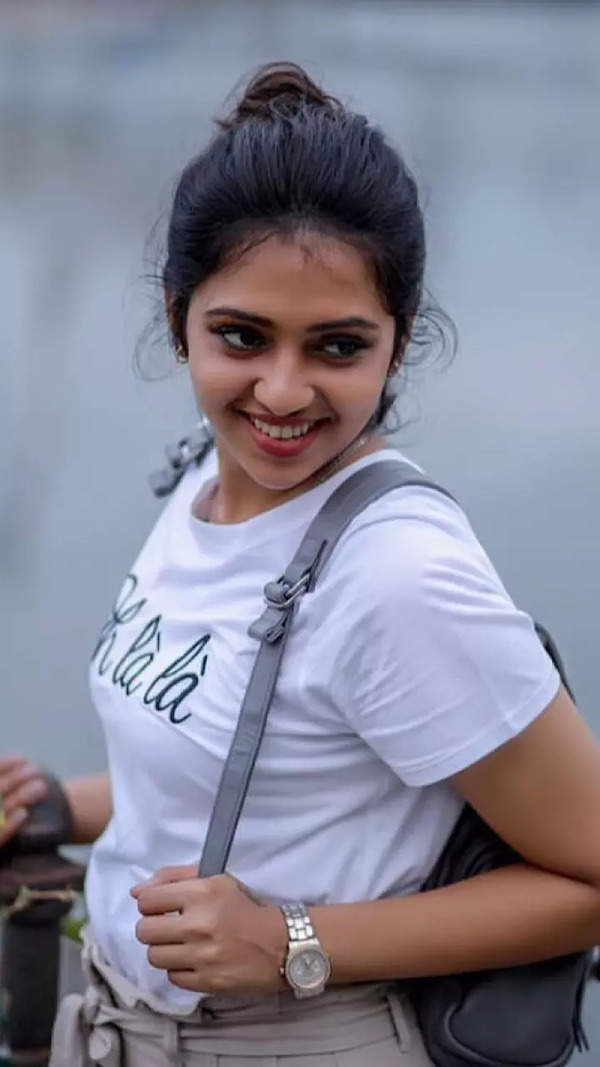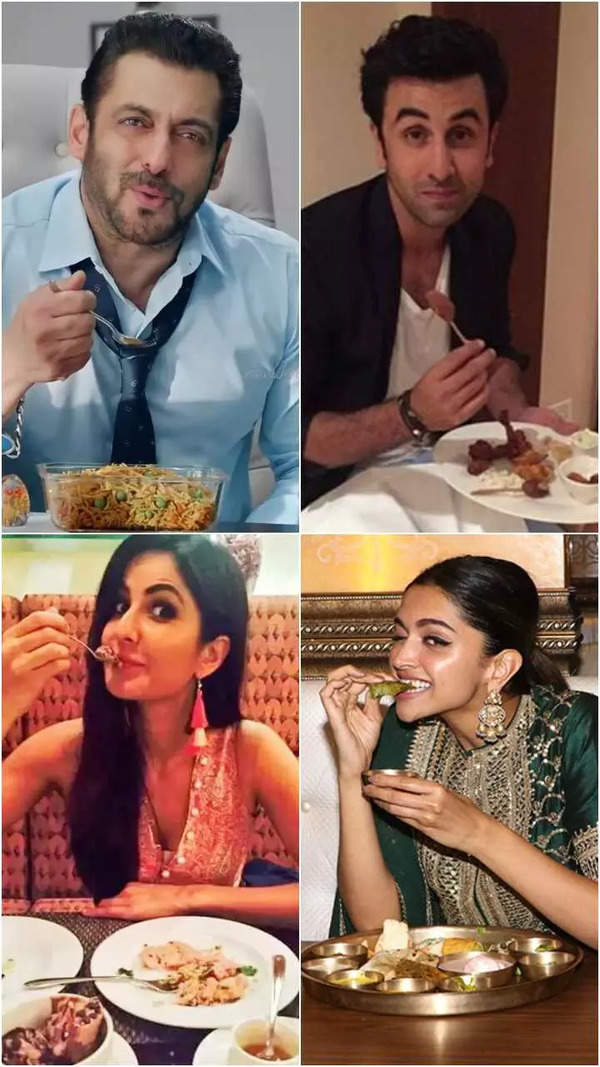- News
- Entertainment News
- In films too, Ismat made her mark
Trending
This story is from August 16, 2015
In films too, Ismat made her mark
Renowned Urdu writer Ismat Chugtai, who was born exactly 100 years ago in August 1915, also wrote Dev Anand's first hit, Ziddi, and shared a Filmfare award for Garm Hava, arguably the best film on the Partition.

NEW DELHI: Reading her short stories is like taking a guided tour of the courtyard and discovering the words and the world of urban Muslim women in the early 20th century. Ismat Chugtai, whose birth centenary celebrations begin this month, will always be remembered as one of the most authentic voices in modern Urdu literature.
Her body of work in Bombay cinema is less known.Garm Hava, director MS Sathyu's melancholic classic on the lingering pain of the Partition, is based on her story (see box). And it fetched her the Filmfare Award for best story along with Kaifi Azmi. Serious cinema lovers would also recall her as the grandmother with a nagging cough in Shyam Benegal's Junoon. Ismat is also credited with writing "additional dialogues" for the film.
But beyond that, few will remember that she wrote Dev Anand's first hit, Ziddi. Ismat also authored the story, screenplay and dialogue of Aarzoo (1950), an early Dilip Kumar tragedy. Both these films were directed by her husband Shahid Lateef. The couple was a rare husband-wife creative team in 1950s Hindi cinema.
In his autobiography, Romancing with Life, Anand recounts meeting the two in a local train and vividly describes the conversation that led to his role in Ziddi and took his career to the next level. Judging by the film reviews of its time, much of Ismat's work in the 1950s wasn't exactly high art though the TOI film review on May 18, 1958 describes Sone Ki Chidiya (1958) as "significant", "definitely off-beat" and "perilously close to truth". Sone Ki Chidiya exposed the culture of sycophancy and greed in the film industry.

The reviewer noted, "What an iconoclast is to religion, writer Ismat Chugtai is to films. One who has always delighted in assailing cherished beliefs and popular notions, the stormy petrel of Urdu literature, who has many controversial stories to her credit, pricks the movie bubble in `Sone Ki Chidiya'."
Sheesha (1952), Fareb (1953), Darwaza (1954), Society (1955) and Sone Ki Chidiya were all written by Ismat and directed by her husband Latif. None of them really set the cash registers ringing. In Society, Ismat is also referred to as the film's producer.
"Bombay film industry of the 1940s and 50s was a fairly patriarchal society. My sense is that Ismat got far less credit for the collaborative work she did with her husband Shahid Lateef than she Shahid Lateef than she deserved," feels literary historian Rakhshanda Jalil, who is editing a selection of critical writings on Chugtai.
Ismat was closely associated with the radical Urdu literary movement of the 1940s. At least one scene in Sone Ki Chidiya illustrates her ideological preference. Close to the climax, the film's idealist-protagonist played by Balraj Sahni recites Kaifi Azmi's radical poem, Aaj ki raat bahut garm hawa chalti hai, aaj ki raat na footpath pe neend aayegi, in the poet's own voice over two minutes. In his book, Cinema Modern, Siddharth Bhatia refers to a photograph of Stalin in one of the shots in Ziddi.
The Ismat-Shahid duo also made Jawaab Aayega (1968), generally rated as a classic, for Children's Film Society of India.
Among other films, Ismat wrote the dialogues of Barkha Bahar (1973), which was based on Leo Tolstoy's Resurrection. The movie was directed by the Left-leaning Amar Kumar (Garm Coat, Ab Dilli Door Nahin).
Garm Hava and Junoon provide real heft to her cinematic ouvre. Benegal remembers her as a delightful raconteur, a feminist with totally unorthodox views on gender relationships who possessed a strong personality. "I found her to be the ideal person to play the grandmother in Junoon. Although she was the oldest in the unit, she had by far the most youthful and adventurous attitude to life," says Benegal.
Books and academic papers cite Ismat's date of birth as either August 15 or 21. But as Jalil points out, the exact date cannot be ascertained because those days it wasn't customary to note down a date of birth. "What we do know is that she was born in August 1915," she says.
In 1942, Ismat gobsmacked India with Lihaaf, a cleverly constructed story on lesbianism. "Lihaaf was to her, what Lolita became to Nabokov. It made critics and readers view her entire work in a slanted, monochromatic way," says Jalil.
Like the rest of her work, Ismat's exertions and energies in Hindi cinema too needs a detailed examination.
Her body of work in Bombay cinema is less known.Garm Hava, director MS Sathyu's melancholic classic on the lingering pain of the Partition, is based on her story (see box). And it fetched her the Filmfare Award for best story along with Kaifi Azmi. Serious cinema lovers would also recall her as the grandmother with a nagging cough in Shyam Benegal's Junoon. Ismat is also credited with writing "additional dialogues" for the film.
But beyond that, few will remember that she wrote Dev Anand's first hit, Ziddi. Ismat also authored the story, screenplay and dialogue of Aarzoo (1950), an early Dilip Kumar tragedy. Both these films were directed by her husband Shahid Lateef. The couple was a rare husband-wife creative team in 1950s Hindi cinema.
In his autobiography, Romancing with Life, Anand recounts meeting the two in a local train and vividly describes the conversation that led to his role in Ziddi and took his career to the next level. Judging by the film reviews of its time, much of Ismat's work in the 1950s wasn't exactly high art though the TOI film review on May 18, 1958 describes Sone Ki Chidiya (1958) as "significant", "definitely off-beat" and "perilously close to truth". Sone Ki Chidiya exposed the culture of sycophancy and greed in the film industry.

The reviewer noted, "What an iconoclast is to religion, writer Ismat Chugtai is to films. One who has always delighted in assailing cherished beliefs and popular notions, the stormy petrel of Urdu literature, who has many controversial stories to her credit, pricks the movie bubble in `Sone Ki Chidiya'."
Sheesha (1952), Fareb (1953), Darwaza (1954), Society (1955) and Sone Ki Chidiya were all written by Ismat and directed by her husband Latif. None of them really set the cash registers ringing. In Society, Ismat is also referred to as the film's producer.
"Bombay film industry of the 1940s and 50s was a fairly patriarchal society. My sense is that Ismat got far less credit for the collaborative work she did with her husband Shahid Lateef than she Shahid Lateef than she deserved," feels literary historian Rakhshanda Jalil, who is editing a selection of critical writings on Chugtai.
Ismat was closely associated with the radical Urdu literary movement of the 1940s. At least one scene in Sone Ki Chidiya illustrates her ideological preference. Close to the climax, the film's idealist-protagonist played by Balraj Sahni recites Kaifi Azmi's radical poem, Aaj ki raat bahut garm hawa chalti hai, aaj ki raat na footpath pe neend aayegi, in the poet's own voice over two minutes. In his book, Cinema Modern, Siddharth Bhatia refers to a photograph of Stalin in one of the shots in Ziddi.
The Ismat-Shahid duo also made Jawaab Aayega (1968), generally rated as a classic, for Children's Film Society of India.
Among other films, Ismat wrote the dialogues of Barkha Bahar (1973), which was based on Leo Tolstoy's Resurrection. The movie was directed by the Left-leaning Amar Kumar (Garm Coat, Ab Dilli Door Nahin).
Garm Hava and Junoon provide real heft to her cinematic ouvre. Benegal remembers her as a delightful raconteur, a feminist with totally unorthodox views on gender relationships who possessed a strong personality. "I found her to be the ideal person to play the grandmother in Junoon. Although she was the oldest in the unit, she had by far the most youthful and adventurous attitude to life," says Benegal.
Books and academic papers cite Ismat's date of birth as either August 15 or 21. But as Jalil points out, the exact date cannot be ascertained because those days it wasn't customary to note down a date of birth. "What we do know is that she was born in August 1915," she says.
In 1942, Ismat gobsmacked India with Lihaaf, a cleverly constructed story on lesbianism. "Lihaaf was to her, what Lolita became to Nabokov. It made critics and readers view her entire work in a slanted, monochromatic way," says Jalil.
Like the rest of her work, Ismat's exertions and energies in Hindi cinema too needs a detailed examination.
End of Article
FOLLOW US ON SOCIAL MEDIA

